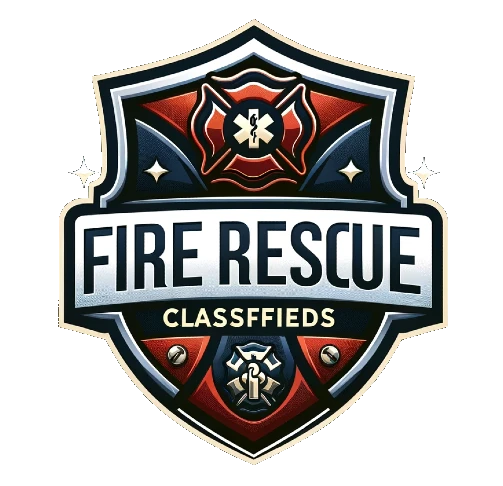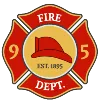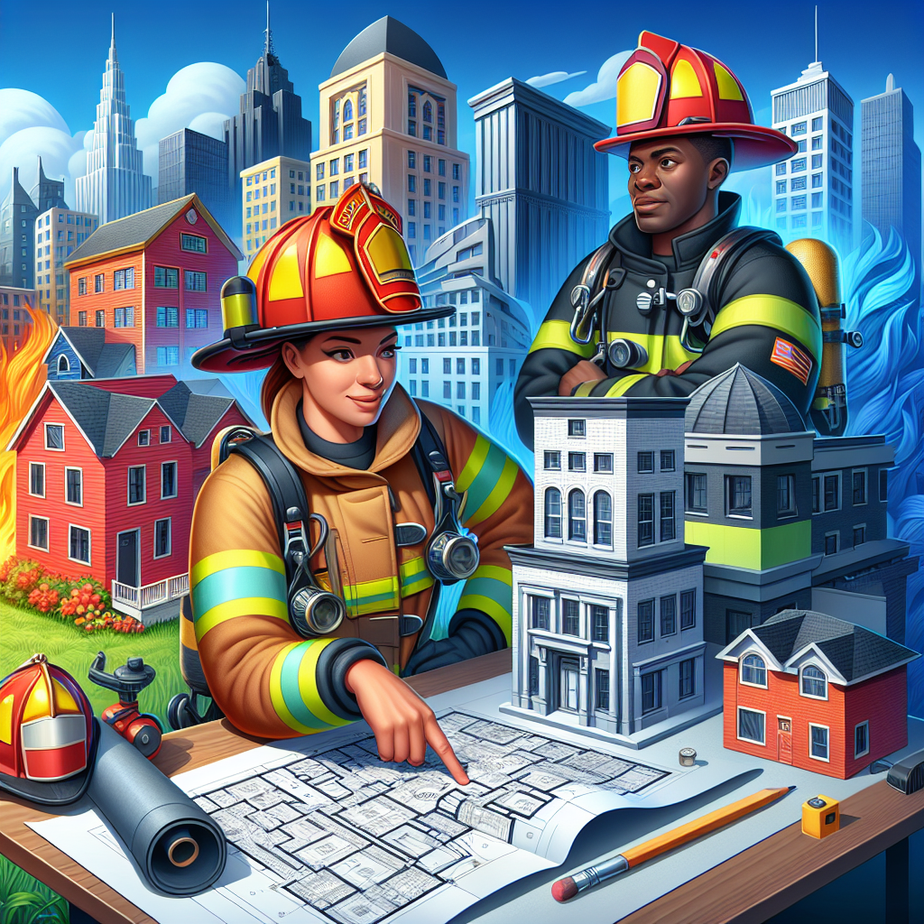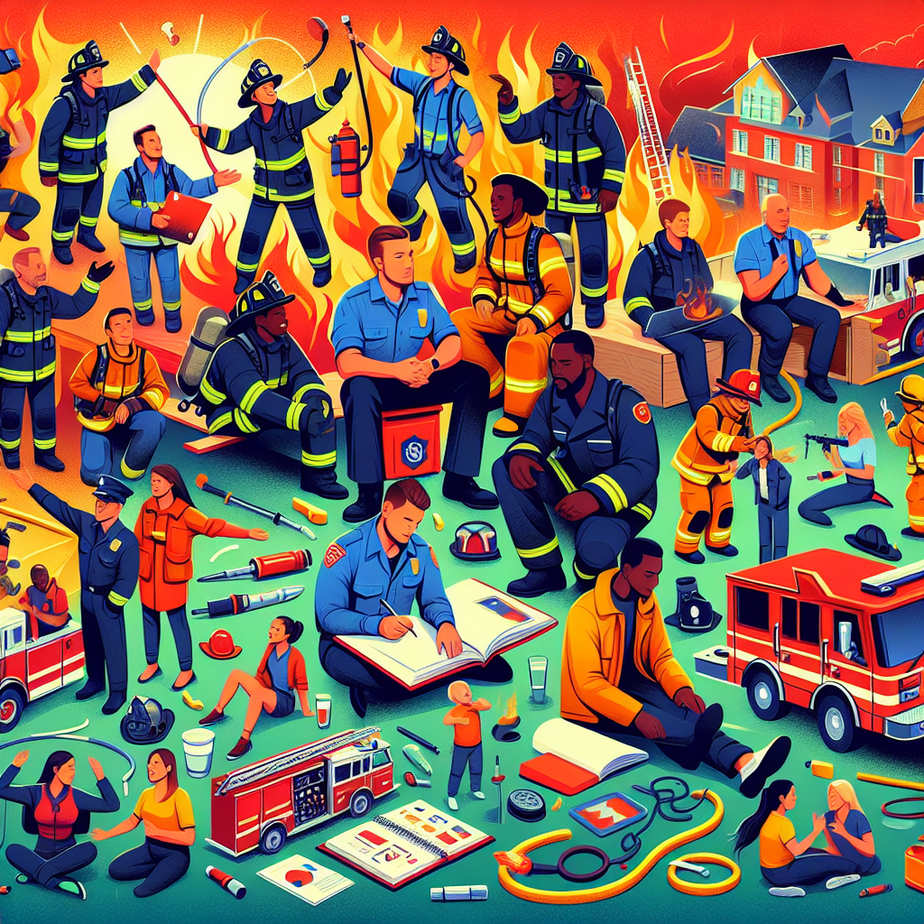Now Reading: Effective Treatment Strategies for Thermal Burns and Smoke Inhalation
- 01
Effective Treatment Strategies for Thermal Burns and Smoke Inhalation
Effective Treatment Strategies for Thermal Burns and Smoke Inhalation

Firefighting: Effective Treatment Strategies for Thermal Burns and Smoke Inhalation 🚒🔥
The Aussie Firefighter’s Guide to Burns and Smoke Exposure
When the flames roar and the smoke billows, firefighters rush in where most would run the other way. But battling blazes isn’t just about wielding a hose and knocking down flames. Firefighters face extreme heat, blinding smoke, and unpredictable dangers. And when trouble flares up—thermal burns and smoke inhalation injuries are among the biggest hazards.
So, how do Aussie firies (firefighters) handle their own when the job gets too hot to handle? Let’s break down the best treatment strategies for thermal burns and smoke inhalation, with a true-blue Australian approach.
🔥 Understanding Thermal Burns: More Than Just a Red Mark
Not all burns are created equal. They can sneak up on you faster than a goanna on a hot tin roof. Whether it’s a quick singe or a deep, tissue-destroying scorch, knowing how to treat burns quickly and effectively can mean the difference between a quick recovery and long-term damage.
🚨 Types of Burns Firefighters Face
1️⃣ Superficial Burns (First-Degree Burns)
Think of it like a nasty sunburn. The skin turns red, it’s painful, but there are no blisters. These burns usually heal up just fine on their own.
2️⃣ Partial-Thickness Burns (Second-Degree Burns)
Here’s where things get tricky. These burns go deeper, blister like an overextended sausage on a BBQ, and are agonizingly painful. If not treated properly, infection can creep in.
3️⃣ Full-Thickness Burns (Third-Degree Burns)
This is the big one. The damaged skin turns charred, leathery, or even white. Oddly enough, it might not hurt—because the nerves are cooked (literally). Immediate medical attention is a must!
🔥 First Aid for Thermal Burns: Act Fast, Breathe Easy
When a firefighter suffers from a burn, fast action is crucial. The longer the heat stays trapped, the deeper the damage. Here’s what to do if you or a fellow firefighter gets burnt:
🩹 Step 1: Remove the Heat Source
Whether it’s a hot ember or a burning uniform, remove the insidious heat source immediately. The longer the burn stays hot, the worse the injury becomes.
🚿 Step 2: Cool the Burn—But Not Your Whole Body
Cold, running water (NOT ice—this isn’t an esky!) is your go-to treatment. 20 minutes is the golden rule. This immediately helps reduce tissue damage. However, never use ice or very cold water—it can worsen the injury.
✋ Step 3: Cover It Up
If the burn isn’t too severe, cover it with a non-stick dressing or plastic wrap. This protects it from bacteria and keeps it clean.
💉 Step 4: Pain Relief & Hydration
Burns are excruciating. Get some pain relief (paracetamol or anti-inflammatories) and hydrate aggressively—burn injuries dehydrate firefighters faster than a summer heatwave.
🚑 Step 5: Evacuate If Necessary
If it’s a significant burn (third-degree or extensive second-degree), get medical help ASAP while stabilizing the injured firefighter.
🌫️ Smoke Inhalation: The Silent Killer Firefighters Fear
Burns are terrifying, but smoke inhalation? That’s another beast entirely. You don’t always see the damage right away. One minute, a firefighter looks fine—hours later, they could be gasping for air.
🔥 Did you know? More fire-related deaths come from smoke inhalation than burns. That’s because toxic gases like carbon monoxide, hydrogen cyanide, and superheated air wreak havoc on the lungs.
🏥 Signs of Smoke Inhalation
☠️ Persistent coughing—a dry, hacking cough can turn into spitting up soot.
☠️ Shortness of breath—oxygen struggles to get through damaged lung tissue.
☠️ Burns around the nose/mouth—this is a red flag for internal airway burns.
☠️ Wheezing or hoarseness—if the voice changes, the airways could be swelling.
☠️ Confusion or dizziness—lack of oxygen to the brain is a serious problem.
🌬️ Smoke Inhalation Treatment: Bringing Them Back to Air
If a firefighter breathes in too much toxic smoke, acting quickly can save their life. Here’s what to do:
⏳ Step 1: Get Them to Fresh Air—FAST
Time is everything. If there’s smoke inhalation, move them away from danger immediately.
💨 Step 2: Oxygen, Oxygen, Oxygen
Firefighters carry oxygen for a reason! If the firefighter is struggling to breathe, administer high-flow oxygen via a mask ASAP. This can push carbon monoxide and other nasties out of their blood faster.
🚰 Step 3: Cool Air, Not Cold Water
Breathing in superheated air can damage the airways. If they are coughing excessively or wheezing, moist, cool air can help ease discomfort. Avoid giving too much water to drink, as it won’t fix airway burns.
🚑 Step 4: Assess for Delayed Symptoms
Some effects of smoke poisoning don’t appear for hours. Keep an eye on them—if they get confused, drowsy, or short of breath later, they need a hospital immediately.
🔥 Prevention Is the Best Medicine: Stay Safe on the Job
Of course, the best way to deal with burns or smoke inhalation is simple: Don’t get them in the first place! Here’s how Aussie firefighters stay ahead of the danger:
🦺 1. Wear Your Gear—All of It
PPE (Personal Protective Equipment) is a firefighter’s best friend. Sure, it’s hot, it’s heavy, and you sweat buckets, but it saves your skin—literally.
🧯 2. Know When to Get Out
Fires are unpredictable. If conditions change suddenly—heat spikes, smoke thickens, air gets harder to breathe—don’t be a hero. Fall back before it’s too late.
🌬️ 3. Monitor Air Quality
Carbon monoxide and other gases can linger even when the flames are out. Always ventilate and check the air before removing your mask.
⏳ 4. Train, Train, Train
Regular live-fire training and medical emergency drills help firefighters react without thinking. When it comes to burns and smoke inhalation, knowing what to do under pressure is everything.
🚒 The Fiery Takeaway
Aussie firefighters put themselves in harm’s way every single day. Burns and smoke inhalation are real threats—but knowing the right treatment strategies can make all the difference between a quick recovery and long-term injury.
🔥 Remember: Cool the burn. Breathe clean air. Act Fast. Stay Safe.
Have any firefighting experiences to share? Drop your stories in the comments below! 👇 Let’s keep our firefighters safe, together. 🚒💪
Meta Description: Learn effective treatment strategies for thermal burns and smoke inhalation. Firefighters face extreme heat and toxic smoke—discover essential first aid now. 🚒





























